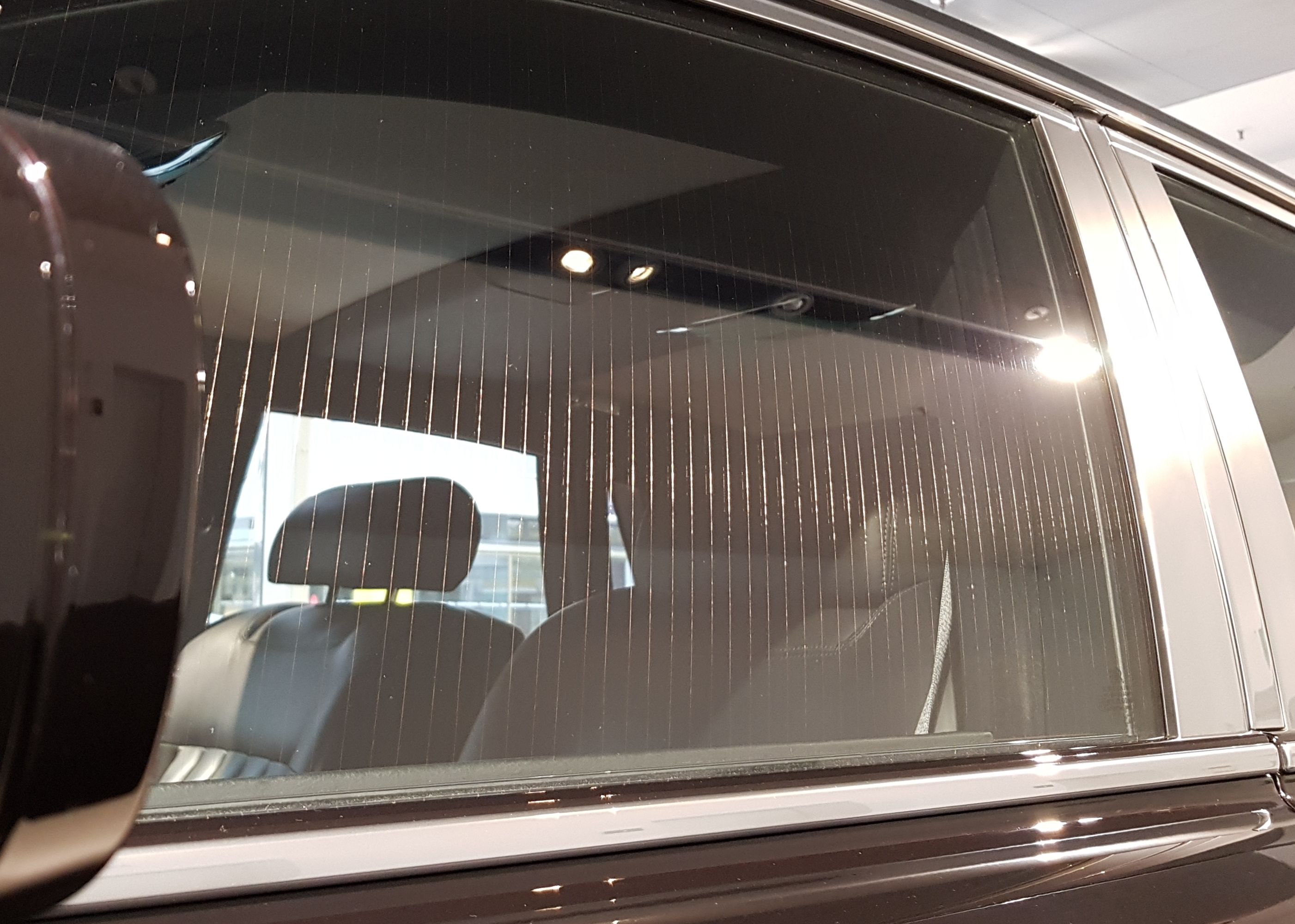Defogger on:
[Wikipedia]
[Google]
[Amazon]
A defogger, demister, or defroster is a system to clear condensation and thaw frost from the Motorjournalist.de: Heinz Kunert (german)
/ref>

windshield
The windshield (North American English) or windscreen (Commonwealth English) of an aircraft, car, bus, motorbike, truck, train, boat or streetcar is the front window, which provides visibility while protecting occupants from the elements. ...
, backglass, or side windows of a motor vehicle. The rear window defroster was invented by German automobile engineer Heinz Kunert
Heinz Kunert (25 March 1927, Sarnów, Gliwice County – 6 April 2012) was a German engineer and inventor.
Life
Kunert studied philosophy, physics and psychology at University of Bonn. Kunert invented the first rear defogger
A defogger, de ...
./ref>
Types

Primary defogger
For primary defogging, heat is generally provided by the vehicle's engine coolant via theheater core
A heater core is a radiator-like device used in heating the cabin of a vehicle. Hot coolant from the vehicle's engine is passed through a winding tube of the core, a heat exchanger between coolant and cabin air. Fins attached to the core tubes ser ...
; fresh air is blown through the heater core and then ducted to and distributed over the interior surface of the windshield by a blower. This air is in many cases first cooled down and dehumidified by passing it through the vehicle's operating air conditioning evaporator. Such dehumidification, when followed by a reheating, makes the defogging more effective and faster, for the dry warm air has a greater capacity of absorbing water from the glass at which it is directed (with respect to the moist warm air provided by the heater alone, and the dry cold air provided by the air conditioning system alone). However, whenever the vehicle is equipped with an air conditioning system, care must be taken to keep it in an operational state for the primary defogger to operate optimally. Also, at very low ambient temperatures, the air conditioning system might not turn on, in order to prevent possible compressor damage. In modern vehicles, running this type of defogger often automatically switches the air conditioning system on, without further action required.
Secondary defogger
Secondary defoggers, such as those used on a vehicle's backglass and/or side view mirrors, often consist of a series of parallel linear resistive conductors in or on the glass. When power is applied, these conductors heat up, thawing ice and evaporating condensation from the glass. These conductors may be composed of a silver-ceramic material printed and baked onto the interior surface of the glass, or may be a series of very fine wires embedded within the glass. The surface-printed variety is prone to damage by abrasion, but can be repaired easily with aconductive
In physics and electrical engineering, a conductor is an object or type of material that allows the flow of charge (electric current) in one or more directions. Materials made of metal are common electrical conductors. Electric current is gene ...
paint material.
Various terms are applied to secondary defoggers, such as "electric window defogger" (EWD), "rear window defogger" (RWD), etc.
Automation
Resistive-heat defoggers are usually equipped with an automatic timer to operate for a set time period of 10 to 15 minutes before switching off. This is because most defogging is achieved within that timeframe, after which the vehicle's heater has usually brought the interior of the vehicle to a warm enough temperature that the fog does not recur. However, if this is not the case, the driver may activate the system again once it has timed out. There is usually a telltale on the vehicledashboard For business applications, see Dashboard (business).
A dashboard (also called dash, instrument panel (IP), or fascia) is a control panel set within the central console of a vehicle or small aircraft. Usually located directly ahead of the drive ...
, often on the defogger switch, to let the driver know.
See also
*Rear-view mirror
A rear-view mirror (or rearview mirror) is a flat mirror in automobiles and other vehicles, designed to allow the driver to see rearward through the vehicle's rear window (rear windshield).
In cars, the rear-view mirror is usually affixed to ...
References
{{Reflist Windows Vehicle technology